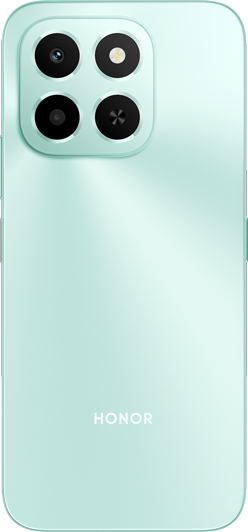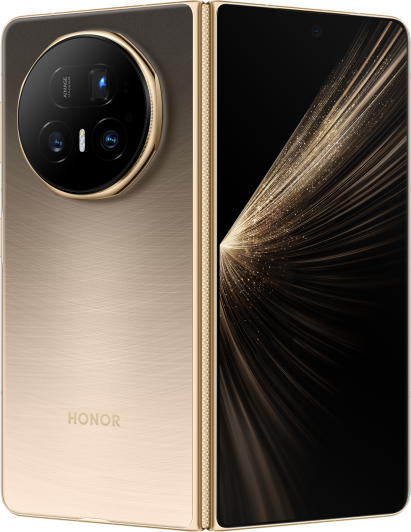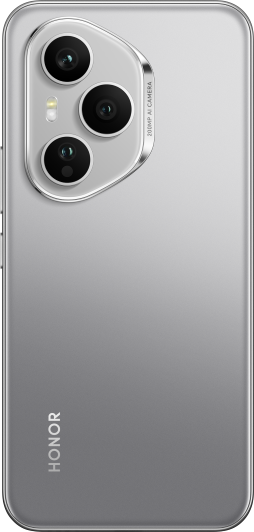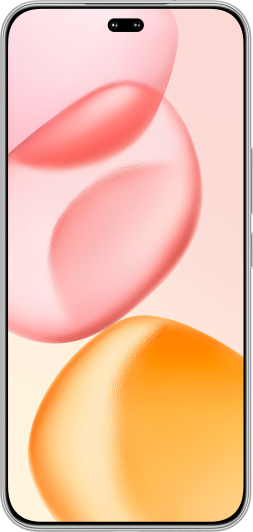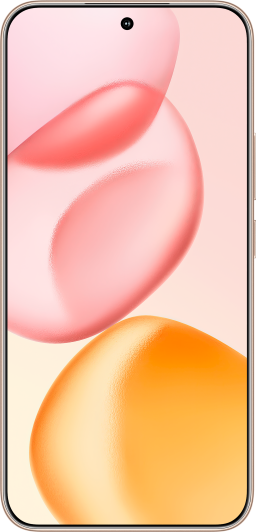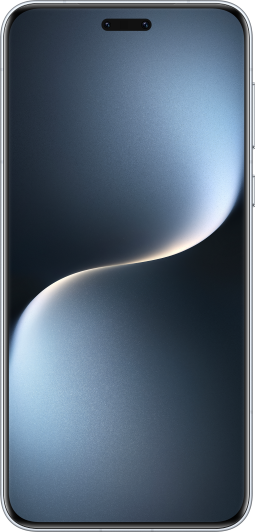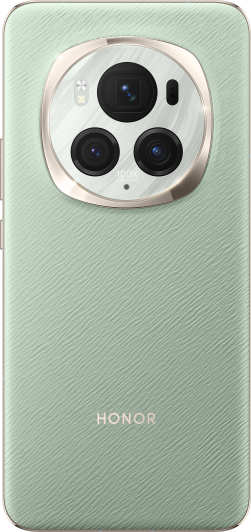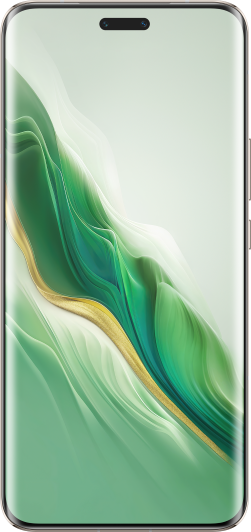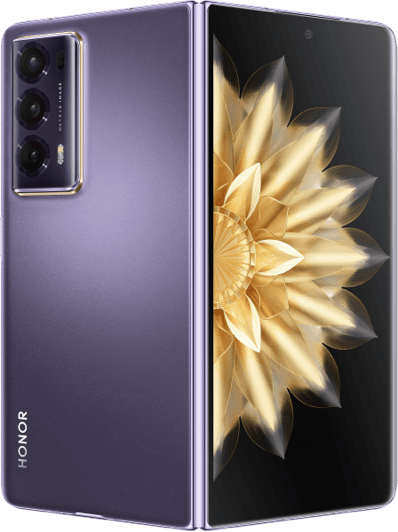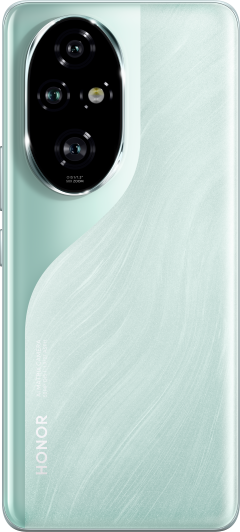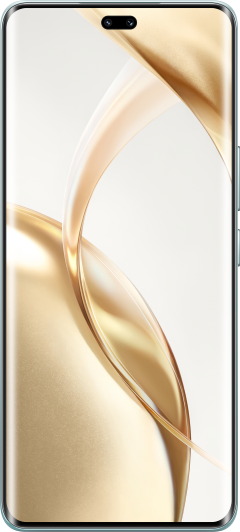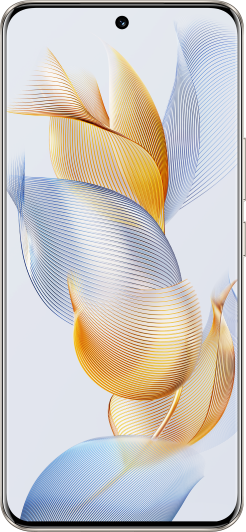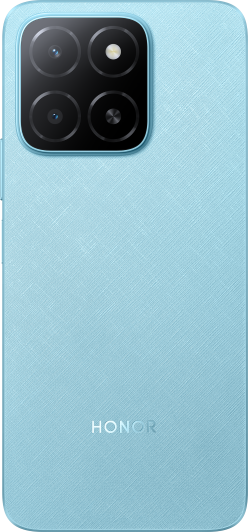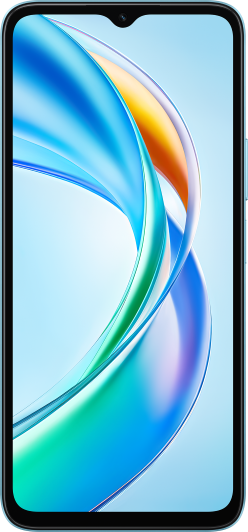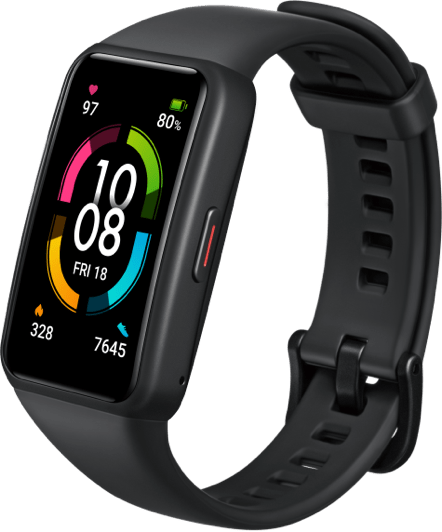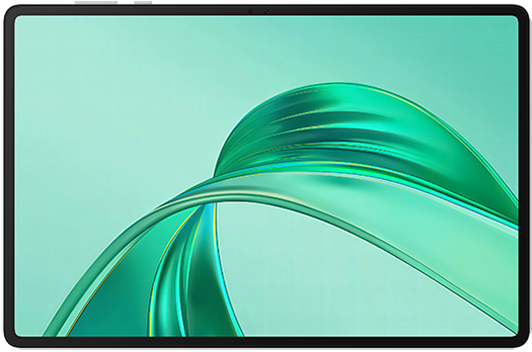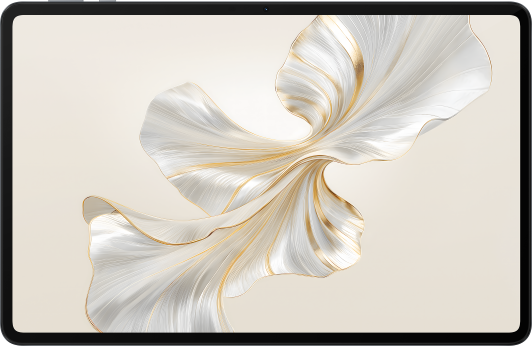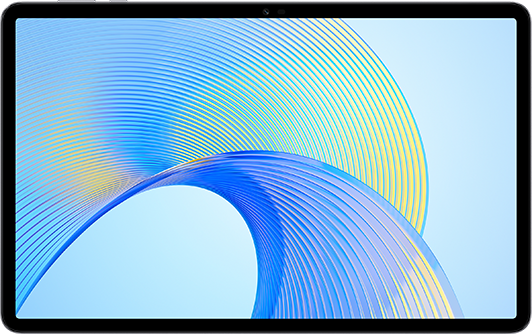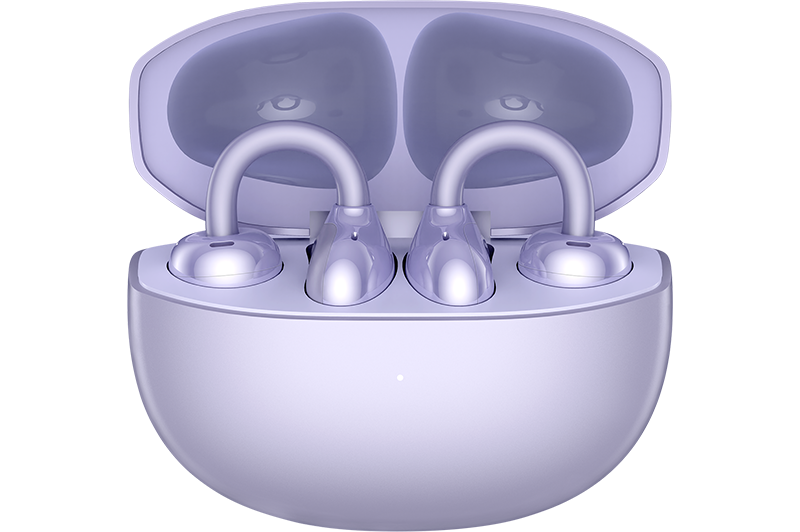A Complete Guide to Curved Display Phone
What Is a Curved Screen Phone?
A curved display mobile phone features a screen that gently bends over the edges of the device, creating a sleek, borderless look. This design isn't just for aesthetics; it offers functional advantages too. With minimized bezels, better viewing angles, and an enhanced grip, curved displays make everyday smartphone use feel more fluid, more natural, and more immersive.
What's the Development of Curved Screen Smartphones?
The foundation of curved screen mobile phones began in R&D labs experimenting with flexible OLED technology. When the first commercially available curved phones emerged, they primarily showcased subtle vertical or horizontal curvature for aesthetic novelty. With widespread adoption, cell phone curved screen technology has undergone significant refinement. Displays became brighter, smoother, and more immersive. Designs matured from experimental concepts to features in flagship curved display smartphones, offering users a visually captivating and ergonomic experience.
What Are the Types of Mobile Phone Curved Displays?
Curved display technology in smartphones has evolved into a diverse set of designs, each offering a unique blend of aesthetics, ergonomics, and user experience. Below is a detailed breakdown of the main types of curved mobile screens, categorized by their form and visual impact:
2.5D Curved Glass Display
This design features a flat display panel beneath a protective glass layer that has
slightly curved edges. The curvature affects only the glass surface, not the screen itself.
The subtle curvature creates a smooth transition between the screen and the frame, giving the phone
a sleeker look and a more comfortable feel. While it doesn't offer immersive visuals, it adds a
touch of sophistication and improves in-hand ergonomics.
3D Curved Display
In 3D curved glass mobiles, the actual display panel curves, usually on both sides,
offering a more noticeable bend than 2.5D glass.
The screen appears to flow over the edges, reducing the appearance of bezels and enhancing the sense
of immersion. This design provides a more ergonomic grip and a premium visual experience while
maintaining practical usability.
Quad-Curved Display (All-Around Curved)
Found in premium models like HONOR's flagships, this design wraps around all four
sides, creating a full curved display mobile experience.
This design creates a borderless, frameless appearance, with content framed seamlessly from every
angle. It delivers a truly immersive viewing experience and is often found in premium smartphones
that emphasize elegant aesthetics.
Waterfall Display
A more extreme version of the dual-edge display, the waterfall display features a
dramatic curve that extends far down the sides of the phone, sometimes past a 90-degree angle.
The steep curvature visually erases the side bezels, making the screen appear to wrap around the
device. This style maximizes the visual impact but requires careful touch control to avoid
accidental inputs.
Curved Foldable Display
Found in foldable smartphones, this type uses flexible OLED panels that curve either
along the hinge or the outer edges.
The result is a fluid, adaptive screen that can fold while maintaining immersive visuals when
unfolded. These displays represent the next step in merging portability with premium screen design,
offering both versatility and modern appeal.
To learn more about the different types of mobile displays, explore our in-depth blog post.
Curved Display vs Flat Display in Phones
Now that you're familiar with the various types of phone curves, it's important to consider how the display type impacts both functionality and user experience. Here's a side-by-side comparison of how curved and flat displays perform.
Common Use Cases: Curved Displays vs. Flat Displays
To see which screen type suits you best, it's helpful to compare how curved and flat displays perform in everyday use.
Visual Experience
Curved Display: Known for its near-borderless look, a mobile phone with a curved screen enhances
immersion by pulling your attention toward the centre. Colours often appear more vibrant, and the
curved edges add depth and flow, making movies, games, and photos feel more dynamic and engaging.
Flat Display: Offers a clean and stable viewing experience, with no distortion along the edges. It's
especially suited for detailed visuals, such as reading text, editing images, or gaming, where
consistent rendering across the screen is crucial.
In-Hand Feel
Curved Display: Designed to follow the natural shape of your hand, mobile phone curved screens give the phone a sleek, ergonomic profile. They feel thinner and smoother to grip, enhancing comfort during long periods of use or one-handed operation.
Flat Display: Often built with sharper edges and a more defined frame, flat displays can feel slightly bulkier. However, some users may prefer the solid and structured grip, especially for devices with larger screen sizes.
Durability & Maintenance
Curved Display: Phones with curved edge screens are more exposed and vulnerable to impact, which makes them more susceptible to cracks if dropped. Repairs are usually more expensive, and screen protectors may need to be specially designed to fit the curvature.
Flat Display: Easier to protect using standard cases and screen protectors, and typically offers better resistance to daily wear and tear. Its structure provides more peace of mind for users prone to occasional drops or bumps.
Best Use Scenarios
Curved Display: Perfect for users who value immersive entertainment, from watching videos and streaming content to multitasking in a visually engaging interface. It's also ideal for those who appreciate sleek aesthetics in their device.
Flat Display: A better choice for those who prioritize practicality, precision, and stability. Whether you're reading, gaming, or using the phone for work, the flat screen delivers accuracy and consistency without visual distortion.
What Are the Pros and Cons of a Curved Display Compared to a Flat Display?
To move beyond general use cases, let's explore how curved and flat displays differ, highlighting both their strengths and trade-offs.
Advantages of a Curved Display
Aesthetic Appeal:
Curved screens give smartphones a sleek, modern appearance that stands out from traditional flat-screen designs, offering a futuristic aesthetic. By wrapping the display around the edges, they help reduce bezels, resulting in a cleaner, more seamless look.
Immersive Viewing Experience:
Curved displays enhance the immersive viewing experience by extending content toward the edges, creating an edge-to-edge feel that draws the viewer deeper into videos and games. This subtle wraparound effect also slightly improves peripheral vision, contributing to a more cinematic and engaging experience.
Ergonomic Comfort:
Because the screen naturally curves to fit the hand, smartphones with curved screens tend to feel slimmer and more comfortable, especially on larger devices with screens 6.7 inches and above. This helps with one-handed use and overall grip.
Disadvantages of a Curved Display
Accidental Touches:
The curved edges can sometimes register unintended touches, particularly when holding the phone with one hand or while lying down. Manufacturers often include software features to reduce this, but the experience can vary.
Higher Maintenance Costs:
Repairs for curved smartphones can be 2 to 3 times more expensive than for flat-screen phones due to the complexity of the design and materials. Screen protectors and cases may also be harder to fit properly.
Content Display Issues:
Some apps and websites may not be fully optimized for mobile phones with curved displays, which can result in cut-off text or distorted visuals along the sides, particularly noticeable when reading or using split-screen modes.
Curved Displays in HONOR Series
What sets HONOR's curved displays apart is the attention to visual comfort and real-world usability. These screens intelligently adjust brightness and tone to fit your environment, reducing glare in bright settings and easing eye fatigue in low light. With technologies like dynamic dimming, circadian display modes, and ultra-high-frequency PWM dimming, HONOR places visual well-being at the core of the display experience, perfect for users who spend long hours on their phones. The displays also support HDR content, rich colour depth, and ultra-responsive touch, ensuring smooth performance whether you're gaming, editing photos, or simply scrolling through your day.
The HONOR Magic6 Pro is a great example of how curved screen design meets real-world usability. With its large quad-curved display, the phone wraps naturally into your hand, making even a big screen easy to grip and navigate. Watching videos feels more cinematic thanks to the ultra-high brightness and colour accuracy, which is perfect when you're outdoors or in bright lighting. And when night falls, the display automatically softens, using features like Circadian Night Display and 4320Hz PWM dimming to reduce eye strain and help you wind down. Plus, its NanoCrystal Shield offers enhanced protection, so accidental drops and daily wear won't leave you worrying about cracks. Whether you're snapping a photo in the rain or catching up on messages by the pool, IP68 water and dust resistance has you covered.
The HONOR 200 Pro brings many of these premium experiences into a more accessible phone. Its quad-curved screen is not just beautiful; it's smart. It knows when you're reading in a dark room or walking under the sun and adjusts colour and brightness to match, thanks to Natural Tone 2.0 and Dynamic Dimming. Watching HDR content on this display is a treat, with deep contrast and vibrant details that bring every image to life. Even with wet hands, the touch remains responsive, making it perfect for multitasking while cooking or exercising. And with Netflix and Amazon HDR certifications, you know you're getting a screen ready for high-quality streaming.
Experience Curved-Screen Technology with HONOR Phones
What Are the Real-World Benefits of HONOR's Curved Display Smartphones?
HONOR curved display phones deliver a refined blend of functionality, comfort, and immersive interaction. Let's look at how HONOR's curved screens improve everyday smartphone usage:
These displays support high peak brightness (up to 5000 nits on the Magic6 Pro), vivid HDR visuals, and lifelike colour reproduction, making every scroll and swipe more captivating.
The quad-curved display phones can fit more naturally in the palm, especially helpful on larger phones like the Magic6 Pro's 6.80-inch display or the 200 Pro's 6.78-inch screen.
The Magic6 Pro is equipped with NanoCrystal Shield glass, offering industry-leading drop resistance certified with SGS 5-star ratings, making it 10 times more drop-resistant than standard displays.
With long-term usage in mind, HONOR includes a suite of eye protection features optimized for curved displays.
In addition to using a reliable phone screen, consider these tips to help prevent eye strain and damage from phone use.
HONOR's curved displays also incorporate energy-saving innovations like LTPO adaptive refresh rates and dual-layer OLED tandem technology (as in the Magic6 RSR). These enhancements extend battery life by adjusting power output based on usage without sacrificing brightness or fluidity, making them practical for heavy daily use.
Future of Curved Display Phones
As smartphone design continues to evolve, the future of curved display phones is moving toward greater practicality without losing their premium appeal. One key trend is the rise of micro-curved displays, such as 2.5D and 3D surfaces, which offer a subtle, more usable curvature while still maintaining the elegant look and feel that users associate with high-end devices. This shift balances visual sophistication with better grip, screen protection, and compatibility with accessories.
Another exciting direction is the integration of curved displays into foldable designs, combining a flat outer screen for durability with a curved inner screen for immersive interaction. This hybrid approach allows users to enjoy the best of both worlds, the resilience of flat panels and the immersive experience of curved screens, in a flexible, adaptable format.
Frequently Asked Questions
Is a curved display phone better?
How to protect a curved display phone?
Having trouble applying a screen protector smoothly? Check out our blog for a step-by-step guide on installing a screen protector without bubbles.


